Shuster’s Saga A Conundrum In Color
May 09, 2018
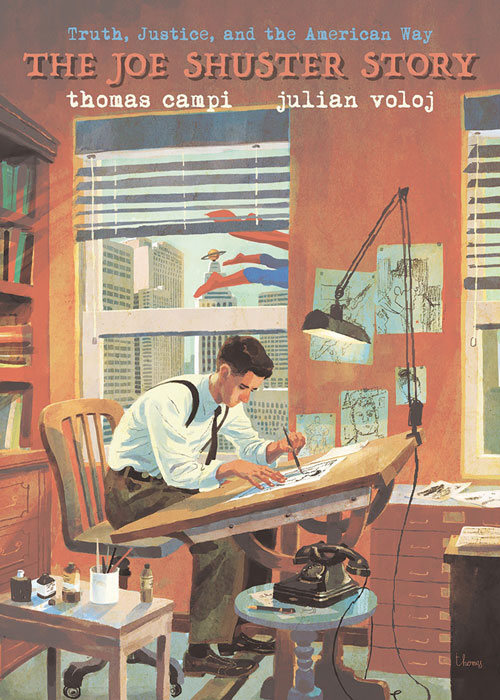 |
by Vince Brusio
Ever meet someone in the business of entertainment? If you have, then you recognize the old adage “it’s not what you think it is.” That’s a lesson Superman co-creator Joe Shuster learned the hard way. It’s a lesson that author Julian Voloj reiterates in Truth, Justice, And The American Way: The Joe Shuster Story (JAN181838). In this PREVIEWSworld Exclusive interview, we read about a global effort that brings to life a story about a guy who, ironically, waited months for mail when it came from New York. This is a story about an average Joe that, in the end, gave us an extraordinary super being.
Truth, Justice, And The American Way: The Joe Shuster Story (JAN181838) is in comic shops May 16.
**********
Vince Brusio: Why do you feel this story needs to be told? What fresh perspective do you give to the relationship between Jerry Siegel and Joe Shuster?
Julian Voloj: I’ve been interested in the creation story of Superman for a very long time. It’s a classic David vs. Goliath story, even if David is not really the winner in this tale, and in many ways, it’s the Big Bang of American comic book history. Even if there are great books about the topic, to me it was obvious that this has to be told in comic book form and I was surprised that nobody had done it yet. Like with my other projects, it’s a book I wanted to read for quite some time and since no one else was doing it, I had to do it myself.
The project has its real origins in 2014 when I visited Cleveland with my wife. One morning, I went to Glenville, visited Jerry Siegel’s old home and walked the streets he and Joe must have walked. Once I returned to New York and told my agent Nicolas Grivel that I’m planning to do something about the creators of Superman, he informed me that Columbia University had just received a donation of letters written by Joe Shuster. I contacted Karen Green and a few days later, I was at the Butler Library, reading about Joe’s struggles to pay medical bills, about his fear of being evicted by his landlord, but also about his hope to become a millionaire. Many of the letters were from the mid-1960s when he and Jerry tried again (in vain) to regain the rights to their creation. Reading these letters, I felt I had to do the book.
Like my previous graphic novel “Ghetto Brother” (NBM 2015) it is a non-fiction graphic novel about someone whose contribution continues to inspire, but who suffered for most of his life, not getting the recognition he deserved.
Vince Brusio: What resources did you consult or interviews did you conduct to get the raw material needed for this book?
Julian Voloj: I was fortunate to have the great works of other researchers that helped me create the groundwork for the script. There is of course “Men of Tomorrow” by Gerard Jones, and Brad Ricca’s wonderful biography “Superboys.” Les Daniels wrote a “Complete History” of Superman, and Larry Tye the “High-Flying History” of Superman, quoting in part Jerry Siegel’s never published autobiographical notes. Lauren Agostino published court files from the 1940s trial, which were fascinating to read, and then there were all these other fascinating discoveries, such as “Funnyman” (edited by Thomas Andrae and Mel Gordon) and “Secret Identity: The Fetish Art of Superman’s Co-Creator Joe Shuster” by Craig Yoe. The list is very long and we included a selected bibliography in the book as well as notes quoting a lot of original sources.
The above mentioned material at Columbia was a pure treasure trove, and besides visiting the sites related to Siegel and Shuster’s youth, I also visited their homes in Queens and Long Island, none of which have markers hinting at their famous former residents. Chelle Mayer, the granddaughter of Sheldon Mayer who was one of the first who believed in the potential of Superman and who was instrumental in getting the strip into the right hands, even spoke with her uncle about the first encounters of her grandfather with the two creators, which we included in the book.
Last, but not least, there were also, of course, wonderful online resources. The original $130 check that gave away the rights to Superman is a Google search away, as are the Fleisher cartoons, the Superman radio show, letters to and from the FBI etc. All these great sources are listed in the notes and hopefully readers will seek out to discover more.
Vince Brusio: Why was Thomas Campi chosen as an artist for this project? What did he bring to the table that made him a natural component for providing visuals?
Julian Voloj: When I first discussed this project with my agent, he mentioned that he just met this wonderful Italian artist in China. When I first saw his Edward Hopper-esque style I knew he’d be the right person. To me, this book is like “the Mad Men of Comics,” even if neither Siegel nor Shuster were a Don Draper, and so I wanted visuals that are far from a superhero look. The result is beautiful and hopefully readers will be blown away by both the art and the storytelling.
I also want to add that this book is truly a product of globalization. We have me, the New York based author, born in Germany to Colombian parents, working with an Italian artist who moved during the course of the book from China to Australia, and the rights are represented by a globe-setting French agent. Communication on this book was done via Skype, email, Dropbox, WeTransfer… it’s so strange to think that back in the day in Cleveland Siegel and Shuster often waited months for mail from New York.
Vince Brusio: The text description for this book’s solicitation says that it will illustrate how Siegel and Shuster’s friendship should be put into “the wider context of the American comic book industry.” Could you elaborate a bit on that premise?
Julian Voloj: It was important not only to write a biography of the Superman co-creator, but put his life into the wider context of American history, and American comic book history in particular. Superman was a product of its time, and when telling the story of two high school boys, many of the influences that became part of Superman concept are shown. But Superman also kick-started the whole comic book industry, and the book tells the story of the rise and fall of comics. We feature, for instance, the famous Wertham trial that nearly destroyed the industry, but also see how the trial was part of a wider trend in American politics. There are many guest appearances of icons like Will Eisner, Jack Kirby, Joe Simon, and others, but not to worry, this book is interesting for everyone, even those who are not interested in superheroes.
Vince Brusio: What was the most rewarding aspect of working on this book?
Julian Voloj: For me, the moment that my words and the images in my head become comic book pages, interpreted by an artist, are pure magic.
What I like particularly about this book is that the themes are universal and in many ways, it’s still a contemporary story. We have the story of two creative people with dreams. We have the creators’ struggle with businessmen representing a larger corporation.
But what I’m the most excited about is that the history of America’s first and most iconic superhero is told the way it should be, in form of a comic book.
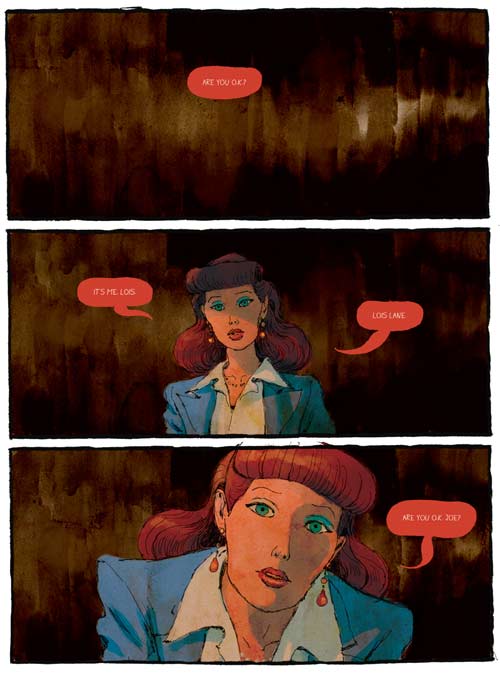 |
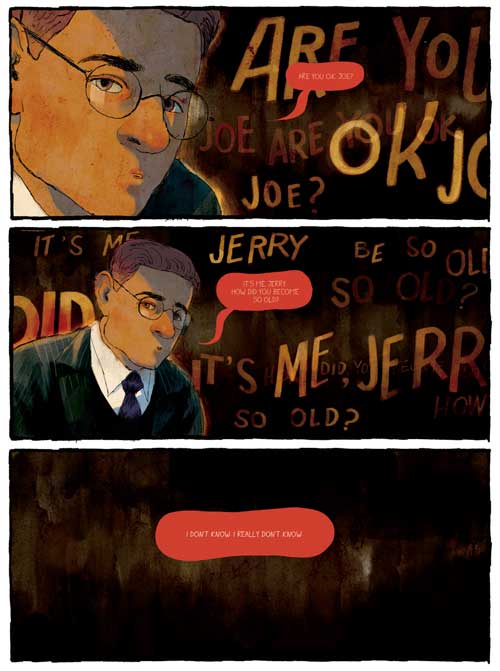 |
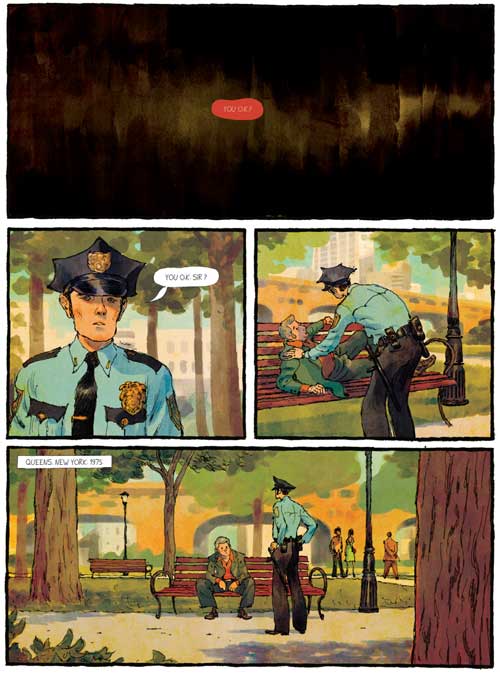 |
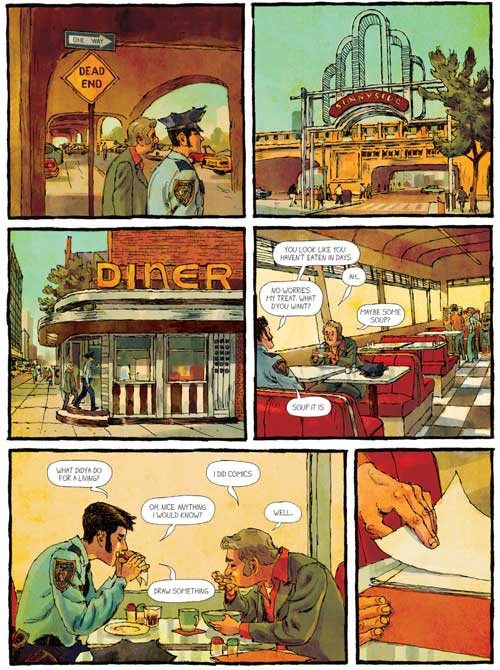 |
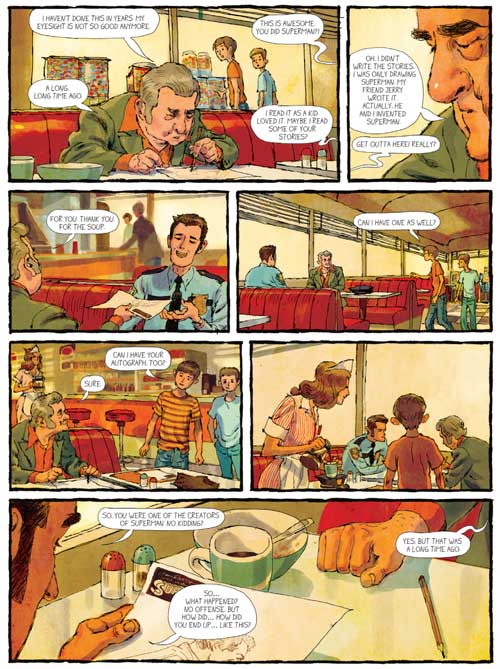 |
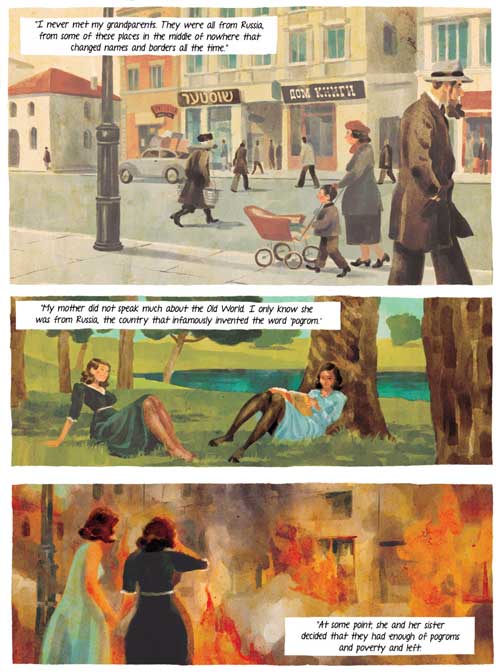 |
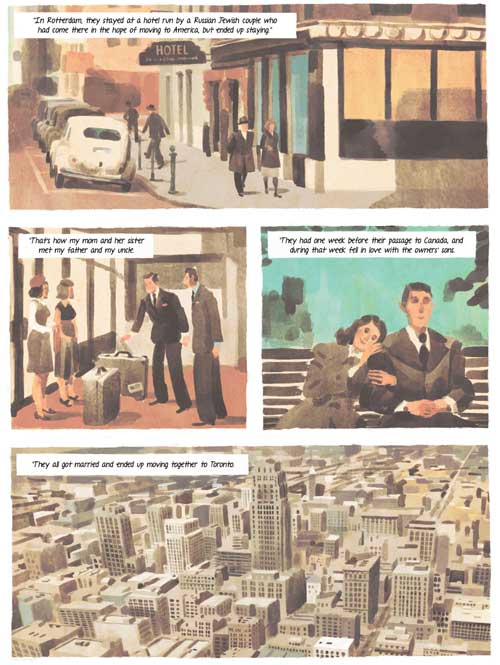 |
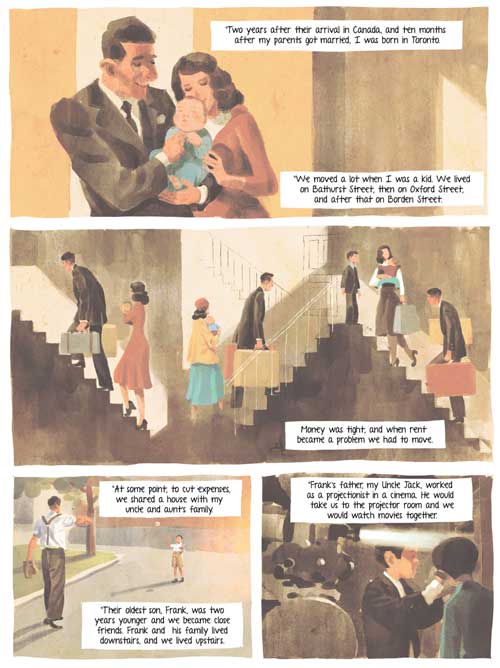 |
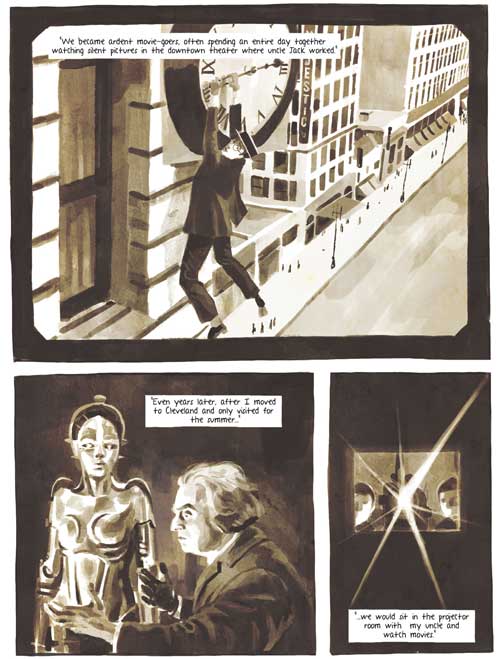 |
*********
Vince Brusio writes about comics, and writes comics. He is the long-serving Editor of PREVIEWSworld.com, the creator of PUSSYCATS, and encourages everyone to keep the faith...and keep reading comics.




